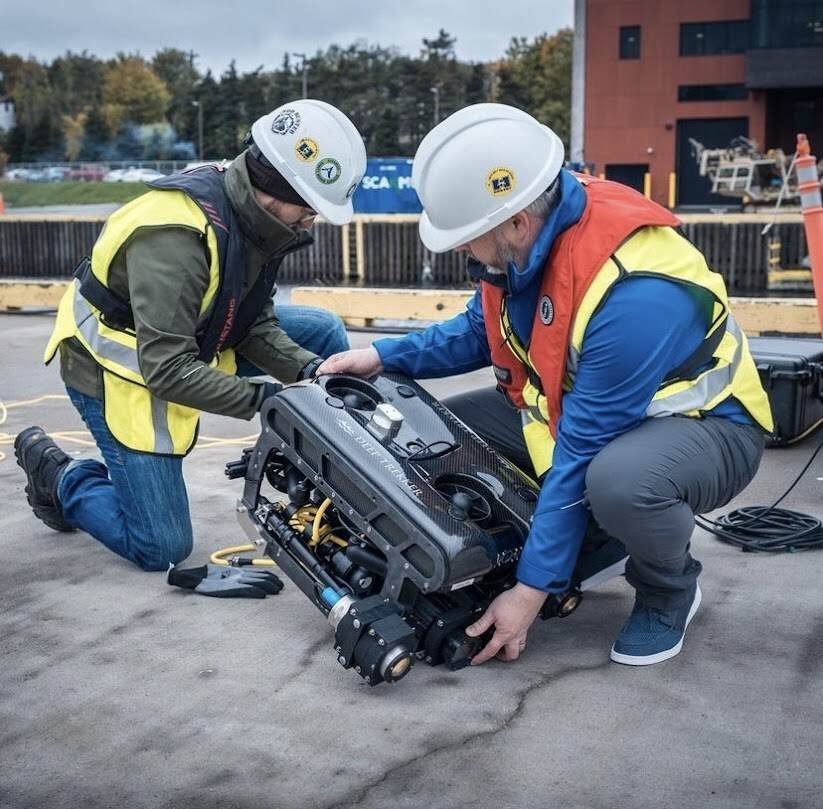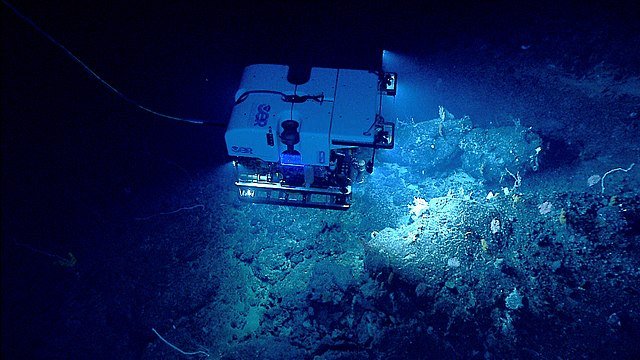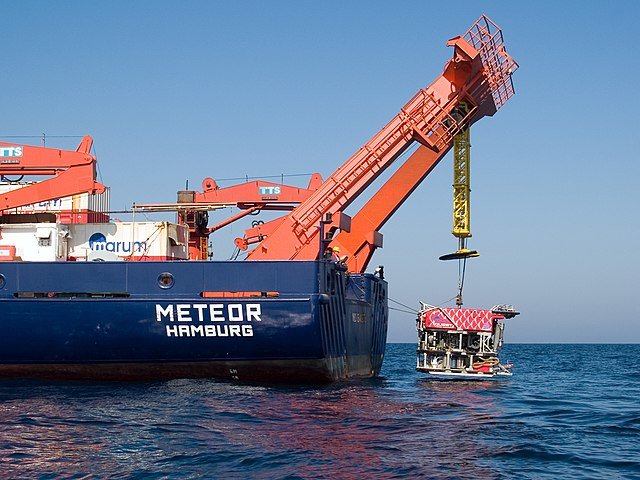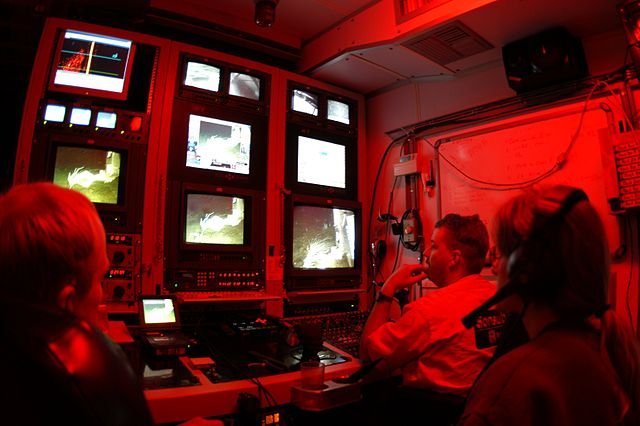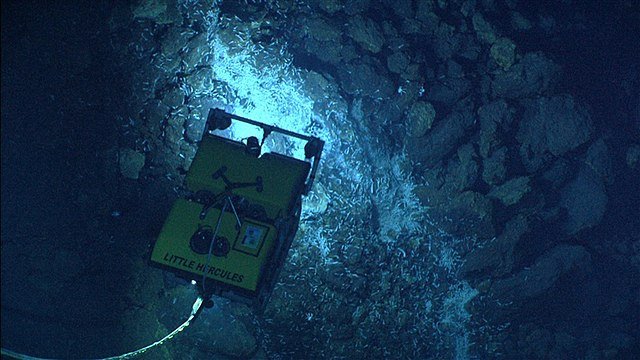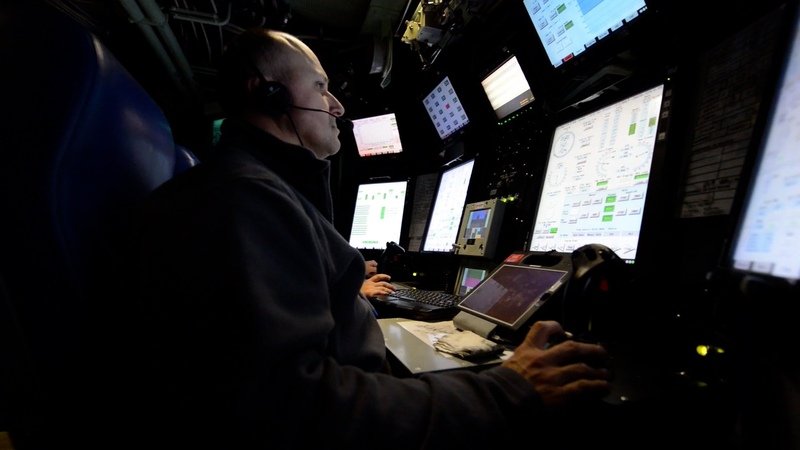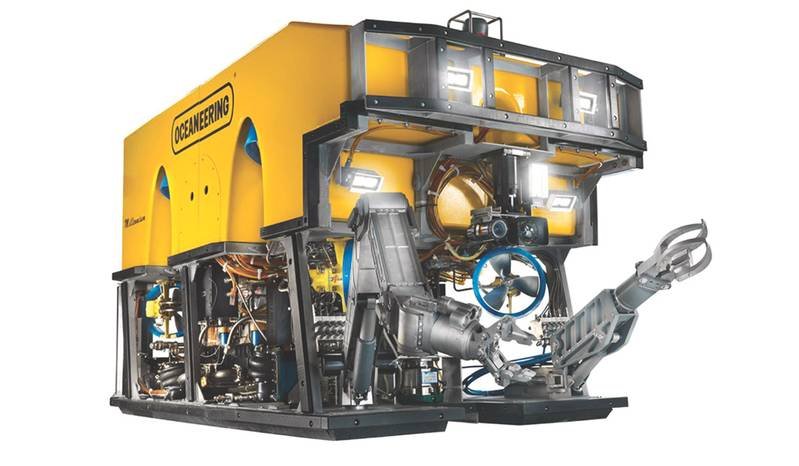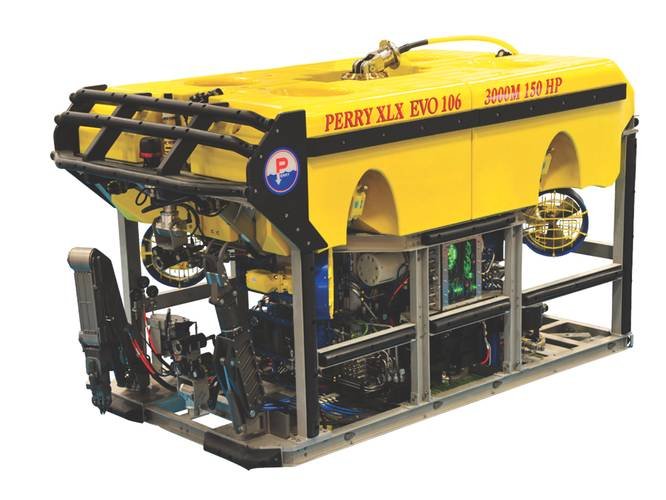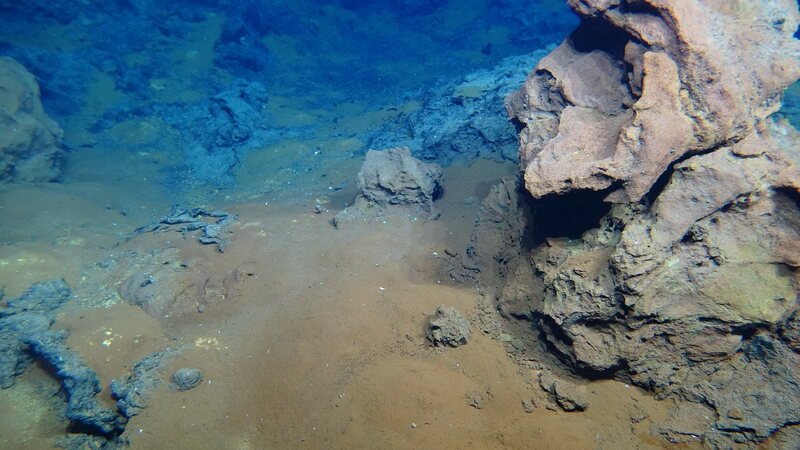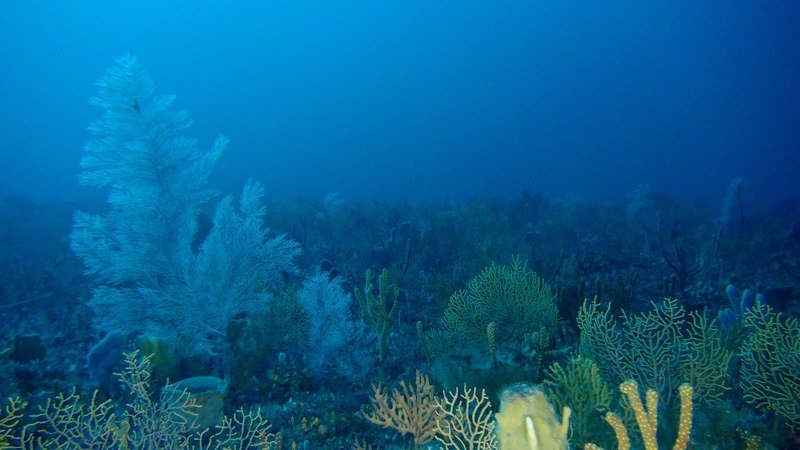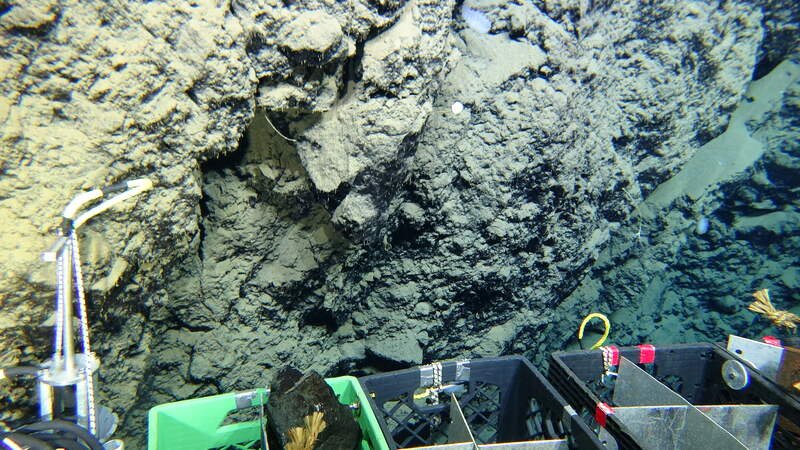How Subsea Remotely Operated Vehicles (ROVs) Work For Ocean Research
ROVs, or Remotely Operated Vehicles, serve as indispensable tools for exploring the depths of our oceans, enabling scientists to conduct research and gather data in environments that are often inaccessible to humans. From the design and construction to their deployment and operation, ROVs represent a pinnacle of engineering innovation, facilitating a wide range of tasks in underwater environments. In this article, we'll explore how ROVs work, the different classes available, and their significant contributions to advancing our understanding of the oceans.
Image Credit: WaterWerks Agency
What is an Underwater ROV?
Image Creadit: NOAA
An ROV, or Remotely Operated Vehicle, is a type of underwater robot that is controlled by operators on the surface. These vehicles are tethered to a control station on a ship or platform via cables, allowing for real-time communication and control. ROVs are used for a variety of tasks in underwater environments, including scientific research, offshore exploration, underwater inspections, and search and rescue operations. They are equipped with cameras, sensors, manipulator arms, and other tools to perform tasks such as surveying the ocean floor, collecting samples, inspecting underwater infrastructure, and exploring marine life.
How Do Underwater ROVs work?
Image Credit: NOAA
Design and Construction
ROVs are designed to withstand high-pressure environments found in the deep ocean. They are typically equipped with cameras, lights, sensors, manipulator arms, thrusters for movement, and sometimes specialized tools for specific tasks. The design may vary depending on the intended purpose of the ROV, such as scientific research, underwater inspections, or exploration.
Image Credit: MARUM
Deployment
ROVs are deployed from ships or platforms using cables or tethers, which transmit power and control signals between the surface and the vehicle. The length of the tether can vary depending on the depth of the dive and operational requirements.
Image Credit: NOAA
Control and Navigation
ROVs are operated by trained technicians or scientists on the surface using a control console. The console typically consists of joysticks, monitors displaying live video feeds from the ROV's cameras, and various controls for maneuvering the vehicle and operating its tools.
Image Credit: NOAA
Exploration and Research
Once deployed, the ROV explores the underwater environment, collecting data, images, and samples as directed by the operators. It can navigate through complex terrain, inspect underwater structures, study marine life, and gather geological or biological samples.
Real-Time Monitoring
Operators receive real-time feedback from the ROV's cameras and sensors, allowing them to make informed decisions about navigation and data collection. They can adjust the ROV's trajectory, lighting, and other parameters to optimize its performance for specific tasks.
Image Credit: NOAA
Data Collection
ROVs are equipped with various sensors and instruments for collecting scientific data. These may include sonars for mapping the seafloor, water quality sensors, temperature and pressure gauges, and instruments for measuring chemical composition or biological parameters.
Sample Collection
ROVs often have manipulator arms or specialized tools for collecting samples from the seafloor or capturing marine organisms for study. These samples can provide valuable insights into ocean ecosystems, geology, and biodiversity.
Recovery
After completing its mission, the ROV is retrieved back to the surface using its tether. Data collected during the dive is then analyzed by scientists and researchers to gain a better understanding of the underwater environment and its inhabitants.
What are the Different Classes of ROVs?
Different classes of ROVs serve various purposes in ocean exploration and research, each tailored to specific depth ranges and tasks.
Image Credit: Oceaneering
Work Class ROVs
Designed for deep-sea exploration and inspections where divers cannot venture safely. They are commonly utilized in offshore energy projects and deep archaeological studies, with depth capabilities ranging from 3,000 meters to 6,000 meters.
Image Credit: Forum
Light Work Class ROVs
These ROVs are used for moderate to deep depths, often taking the place of divers during inspections and repair tasks. They can accommodate additional equipment like laser scanners and specialized sensors, with depth ratings spanning from 1,000 meters to 3,000 meters.
Image Credit: SEAMOR Marine
Observation Class ROVs
Smaller in size and mainly used for exploring coastal waters, lakes, and rivers. These versatile vehicles can be equipped with sonar and customized sensors, with depth ratings typically ranging from 300 meters to 1,000 meters. SubC’s Rayfin Micro subsea camera is ideally designed for this type of ROV.
Image Credit: HPR ROV
Micro or Mini ROVs
The smallest class ROV serves to inspect confined or shallow areas such as pipe systems and submerged infrastructure. Their depth ratings generally fall between 100 meters and 300 meters, making them ideal for tasks in relatively shallow waters.
How Do ROVs Help Scientists Explore the Ocean?
ROVs play a crucial role in expanding our understanding of the oceans by gathering data and conducting various types of research. Here's how they contribute to advancing ocean knowledge:
Exploration of Deep-Sea Environments
ROVs are capable of reaching extreme depths that are inaccessible to human divers. They explore deep-sea ecosystems, underwater volcanoes, hydrothermal vents, and deep trenches, providing valuable insights into the geology, biology, and chemistry of these environments.
Study of Marine Life
ROVs equipped with high-definition cameras and sensors observe marine organisms in their natural habitat, capturing behaviors, interactions, and distribution patterns. This information contributes to the study of marine biodiversity, population dynamics, and ecosystem health.
Geological and Geophysical Research
ROVs collect geological samples, images, and data from the seafloor, contributing to our understanding of oceanic crust formation, sedimentary processes, and tectonic activity. They also assist in mapping underwater topography, identifying geological features, and studying seafloor morphology.
Oceanographic Data Collection
ROVs are equipped with sensors for measuring physical and chemical properties of seawater, including temperature, salinity, dissolved oxygen, and pH levels. They contribute to oceanographic research by collecting data on ocean currents, water circulation patterns, and the impacts of climate change on marine environments.
Environmental Monitoring
ROVs assess the health of marine ecosystems and monitor changes over time by surveying coral reefs, kelp forests, and other sensitive habitats. They investigate pollution sources, track marine debris, and study the effects of human activities on ocean ecosystems.
Archaeological Exploration
ROVs explore and document underwater archaeological sites, shipwrecks, and submerged cultural heritage sites. They provide detailed imagery, maps, and data to archaeologists, historians, and cultural heritage specialists, helping to preserve and interpret maritime history.
Advances in ROV Technology
Users are looking for advances in technologies to improve the value of ROVs as a tool for oceanographic research. SubC Imaging’s Rayfin Micro ROV camera stands out with its low-latency live enhancement feature, which improves image clarity and visibility, even in challenging conditions. Available Spring 2024, this compact subsea camera enables Rapid Digital Imaging functionality enhancing operational efficiency during surveys. Additionally, the ability to access media and data in real-time topside streamlines operations — a crucial aspect for time-sensitive oceanographic research endeavors.
The upcoming Rayfin Single Channel Inspection (Rayfin SCI) promises to elevate ROV capabilities further. Real-time data transfer, high-quality imaging, and automated logging help simply workflows and enhance efficiency in underwater inspections. Its integrated control system allows for centralized management of ROV components, while advanced documentation features facilitate comprehensive analysis, which is essential for advancing ocean sciences.
Conclusion
ROVs stand as a key tool in ocean sciences. Their ability to navigate the depths, collect data, and conduct various tasks with precision and efficiency has revolutionized our understanding of the underwater world. As technology continues to advance, with innovations like the Rayfin Micro ROV camera and the upcoming Rayfin Single Channel Inspection (Rayfin SCI), the capabilities of ROVs are poised to expand even further, promising new frontiers in oceanographic research. With ROVs at the forefront, scientists are equipped to unravel the mysteries of the ocean and address pressing environmental challenges, ensuring the sustainable management and preservation of our marine ecosystems for generations to come.

